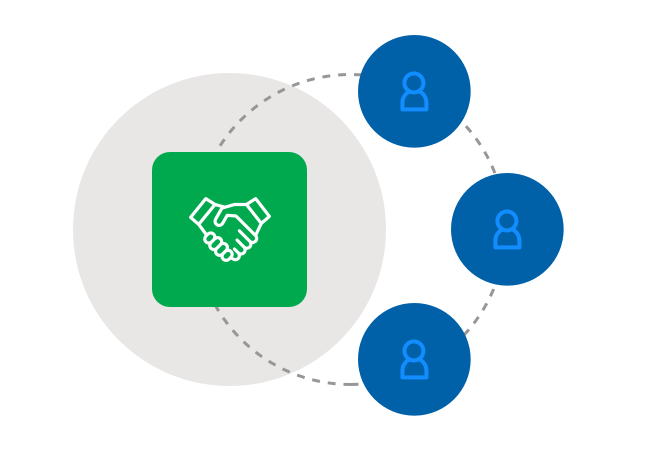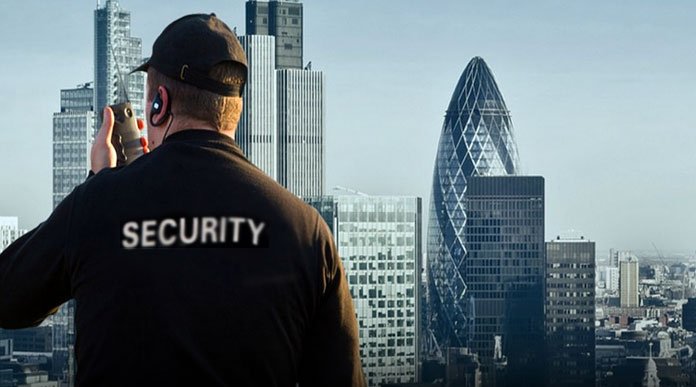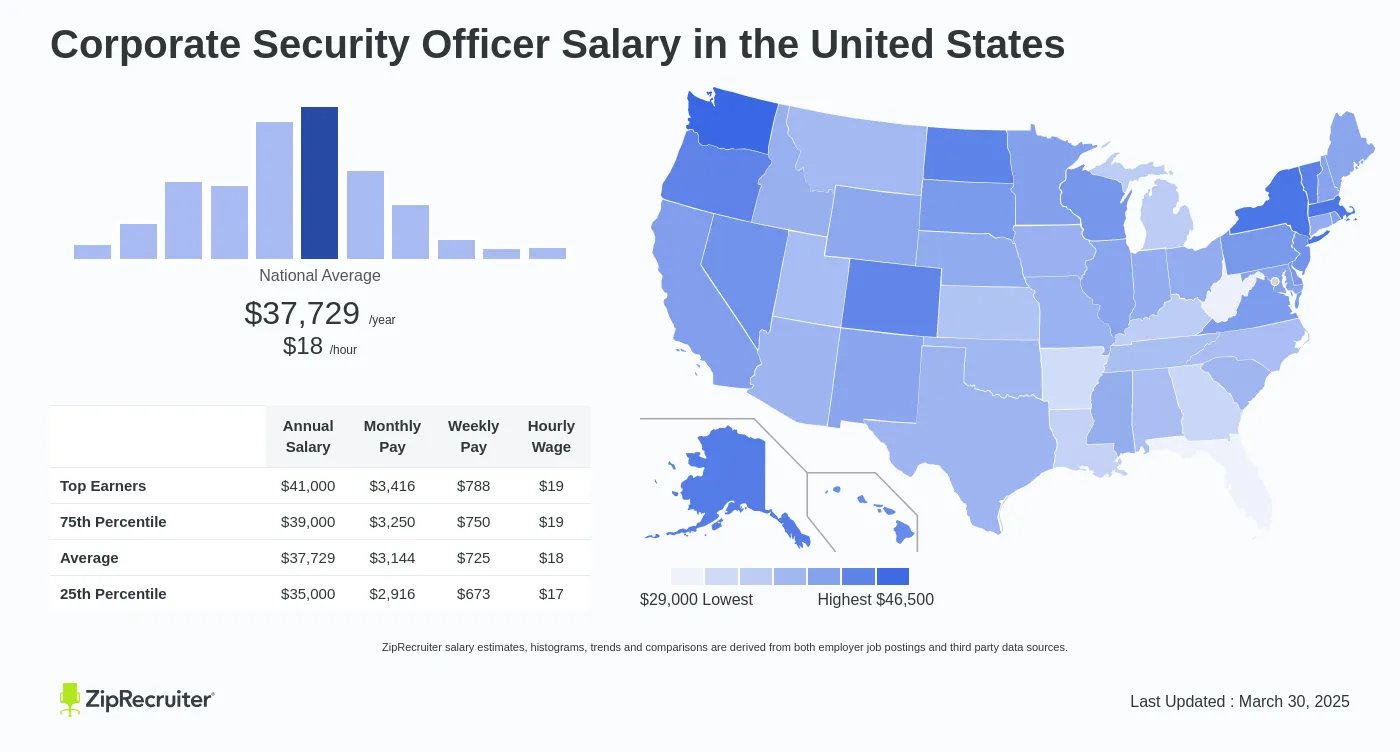Boost Corporate Security: Approaches for a Robust Defense
Boost Corporate Security: Approaches for a Robust Defense
Blog Article
From Cybersecurity to Physical Procedures: Strengthening Corporate Protection in a Transforming Globe
By incorporating the strengths of both cybersecurity and physical security, companies can create an extensive defense method that deals with the varied array of dangers they deal with. In this conversation, we will check out the transforming danger landscape, the demand to integrate cybersecurity and physical safety and security, the execution of multi-factor verification actions, the relevance of staff member understanding and training, and the adaptation of safety actions for remote workforces. By examining these vital locations, we will obtain important insights into exactly how organizations can reinforce their business protection in an ever-changing world.
Comprehending the Changing Hazard Landscape
The advancing nature of the contemporary world necessitates a thorough understanding of the transforming threat landscape for effective company safety. In today's interconnected and digital age, threats to corporate security have become more intricate and innovative. As innovation developments and companies become progressively reliant on digital infrastructure, the capacity for cyberattacks, data violations, and other safety and security breaches has substantially raised. It is critical for organizations to remain informed and adapt their safety determines to attend to these progressing risks.
One trick aspect of understanding the transforming danger landscape is identifying the various kinds of threats that companies encounter. In addition, physical dangers such as burglary, vandalism, and company espionage stay common problems for organizations.
Tracking and analyzing the danger landscape is necessary in order to identify potential risks and vulnerabilities. This includes remaining updated on the current cybersecurity fads, evaluating danger intelligence reports, and carrying out regular risk analyses. By understanding the altering danger landscape, organizations can proactively implement proper security procedures to mitigate threats and safeguard their assets, track record, and stakeholders.
Integrating Cybersecurity and Physical Security
Incorporating cybersecurity and physical safety is crucial for detailed corporate protection in today's interconnected and digital landscape. As companies progressively depend on innovation and interconnected systems, the limits between physical and cyber hazards are coming to be obscured. To successfully secure against these risks, a holistic approach that combines both cybersecurity and physical security steps is vital.
Cybersecurity concentrates on securing digital assets, such as networks, systems, and information, from unauthorized access, disturbance, and theft. Physical safety and security, on the various other hand, encompasses actions to safeguard physical properties, individuals, and centers from susceptabilities and risks. By integrating these 2 domains, companies can deal with vulnerabilities and dangers from both physical and electronic angles, consequently enhancing their general security posture.
The assimilation of these 2 disciplines permits a much more detailed understanding of safety risks and enables a unified reaction to cases. Physical access controls can be enhanced by incorporating them with cybersecurity procedures, such as two-factor authentication or biometric recognition. Similarly, cybersecurity measures can be enhanced by physical protection measures, such as surveillance cams, alarm systems, and safe and secure accessibility points.

Applying Multi-Factor Authentication Steps
As companies progressively prioritize detailed security measures, one efficient strategy is the implementation of multi-factor authentication steps. Multi-factor verification (MFA) is a protection approach that needs customers to supply several types of identification to access a system or application. This technique includes an additional layer of protection by combining something the user knows, such as a password, with something they have, like a finger print or a security token.
By applying MFA, companies can substantially improve their security stance - corporate security. Typical password-based authentication has its restrictions, as passwords can be quickly endangered or forgotten. MFA alleviates these threats by including an extra authentication variable, making it more difficult for unauthorized people to get access to delicate details
There are a number of types of multi-factor verification techniques offered, including biometric authentication, SMS-based verification codes, and hardware tokens. Organizations need to assess their details needs and select the most proper MFA service for their needs.
Nevertheless, the implementation of MFA must be meticulously intended and implemented. It is important to strike a balance between protection and functionality to protect against individual frustration and resistance. Organizations should likewise think about prospective compatibility concerns and provide ample training and assistance to ensure a smooth change.
Enhancing Worker Recognition and Training
To reinforce company protection, organizations should prioritize boosting employee recognition and training. Several security violations take place due to human error or absence of recognition.
Efficient worker awareness and training programs must cover a vast array of subjects, link including information protection, phishing attacks, social design, password health, and physical security procedures. These programs need to be tailored to the specific requirements and responsibilities of different employee roles within the organization. Normal training workshops, simulations, and sessions can help employees develop the essential abilities and knowledge to recognize and respond to protection hazards successfully.
Furthermore, organizations ought to urge a culture of security recognition and give recurring updates and reminders to maintain staff members educated regarding the newest risks and reduction methods. This can be done with inner interaction networks, such as newsletters, intranet websites, and e-mail campaigns. By fostering a security-conscious labor force, companies can significantly minimize the likelihood of safety events and shield their beneficial assets from unapproved access or concession.

Adapting Safety Actions for Remote Workforce
Adapting business security measures to fit a remote workforce is vital in making sure the protection of sensitive info and possessions (corporate security). With the increasing fad of remote work, companies must apply appropriate security steps to mitigate the risks associated with this brand-new means of functioning
One crucial element of adapting safety and security actions for remote work is developing secure communication networks. Encrypted messaging systems and virtual exclusive networks (VPNs) can aid secure sensitive details and prevent unapproved gain access to. Additionally, companies helpful resources must apply making use of strong passwords and multi-factor verification to boost the security of remote accessibility.
One more essential consideration is the execution of secure remote access remedies. This entails offering staff members with safe and secure access to corporate sources and data via digital desktop computer framework (VDI), remote desktop computer protocols (RDP), or cloud-based remedies. These modern technologies ensure that delicate information continues to be protected while enabling workers to execute their roles successfully.

Finally, comprehensive protection awareness training is vital for remote staff members. Educating sessions must cover best techniques click resources for securely accessing and dealing with sensitive details, recognizing and reporting phishing efforts, and keeping the general cybersecurity health.
Verdict
In verdict, as the hazard landscape continues to progress, it is important for companies to strengthen their safety and security measures both in the cyber and physical domains. Incorporating cybersecurity and physical protection, executing multi-factor verification actions, and boosting staff member recognition and training are necessary actions towards accomplishing robust corporate protection.
In this discussion, we will certainly check out the altering danger landscape, the requirement to integrate cybersecurity and physical safety, the implementation of multi-factor authentication measures, the importance of worker awareness and training, and the adaptation of safety procedures for remote labor forces. Cybersecurity actions can be matched by physical security procedures, such as surveillance cameras, alarm systems, and secure gain access to factors.
As organizations progressively prioritize comprehensive security actions, one reliable strategy is the application of multi-factor authentication measures.In verdict, as the hazard landscape proceeds to evolve, it is essential for organizations to enhance their safety measures both in the cyber and physical domain names. Integrating cybersecurity and physical protection, executing multi-factor verification actions, and improving worker understanding and training are necessary steps in the direction of accomplishing robust corporate security.
Report this page